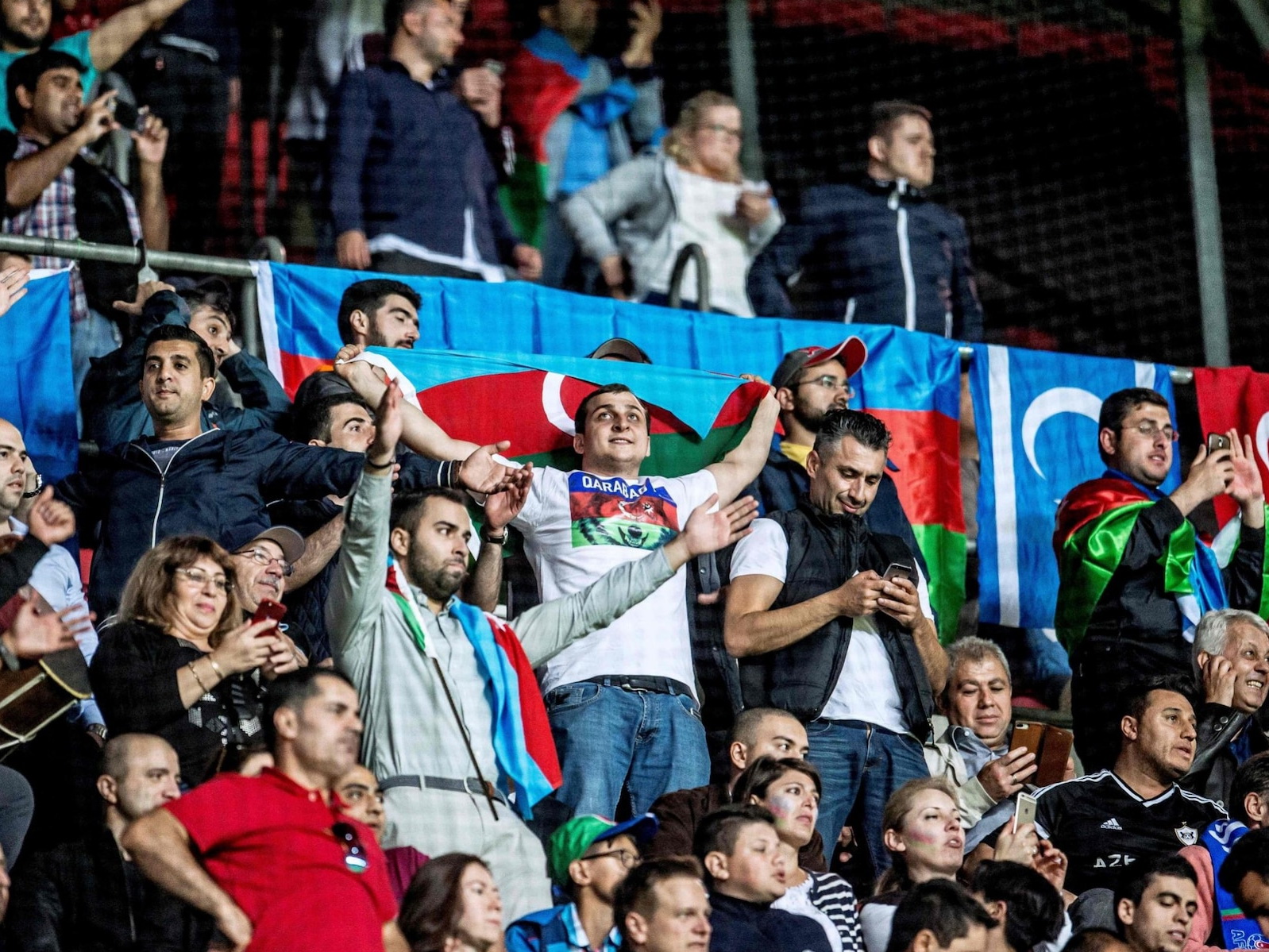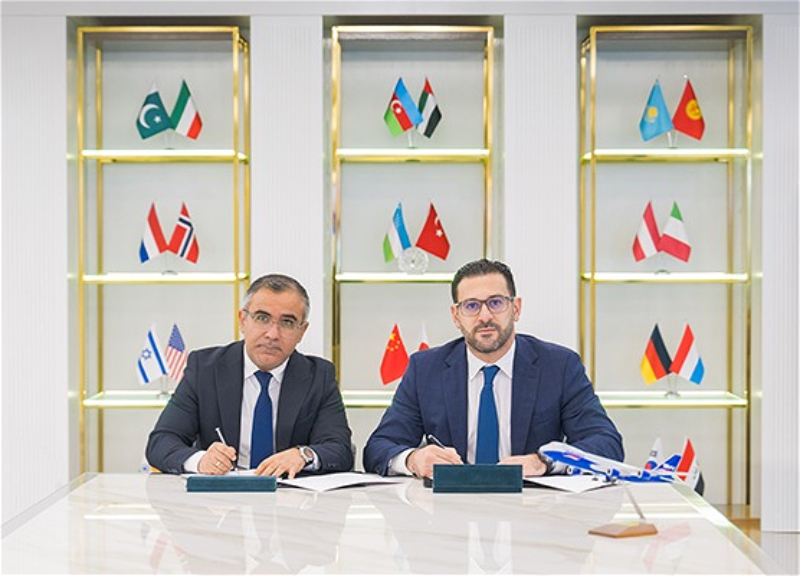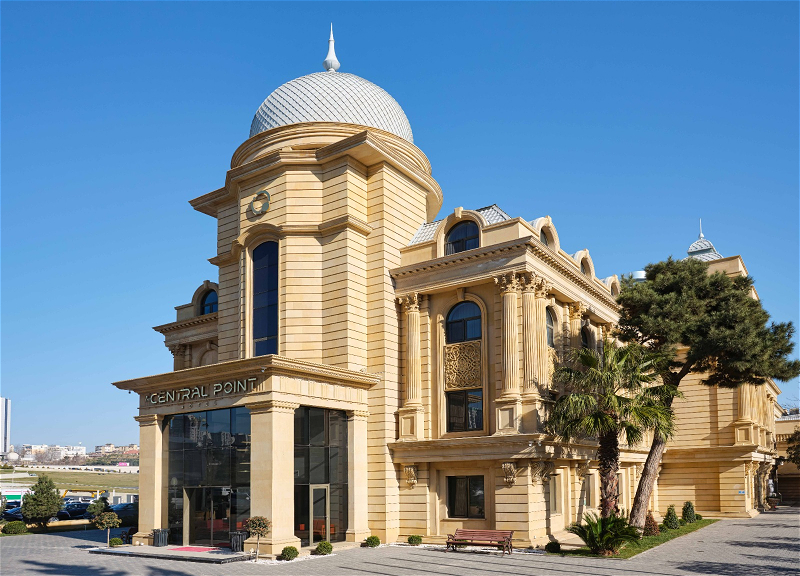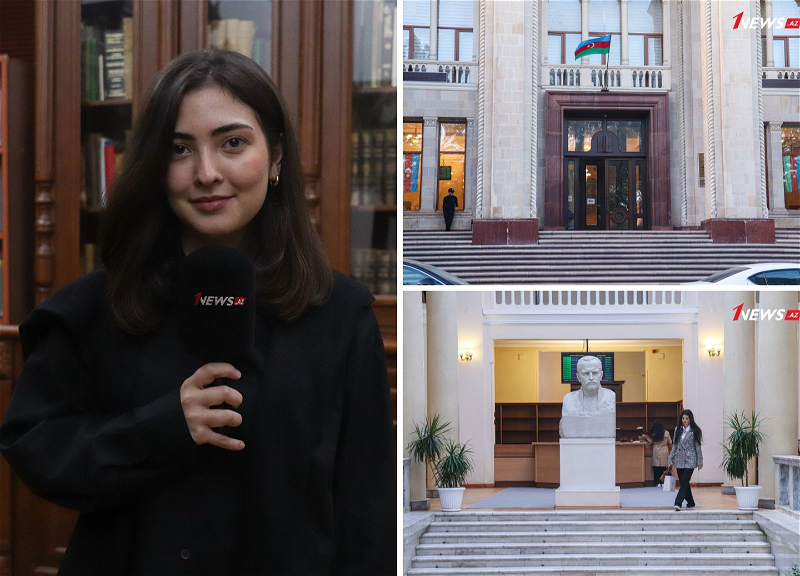FK Qarabag: the club from a war-zone returns from the dead to play Chelsea in Champions League

When FK Qarabag, from Aghdam in western Azerbaijan, defeated FK Khazar Sumgayit in August 1993 to become champions of Azerbaijan, there were no celebrations.
Ten days earlier, Aghdam had fallen to occupation by military forces from neighbouring Armenia after five years of aerial bombardments, and what remained of the population fled east.
After winning the league, the Qarabag players returned to their bombed-out homes to search for their families. On Tuesday, 24 years on, Qarabag take on Chelsea at Stamford Bridge in the Champions League, the first Azerbaijan team to make Europe’s premier club competition. It has been a long and fiercely political journey.
Even now, Aghdam is a ghost town, and Qarabag play in the Azersun Arena in Baku, the Azerbaijan capital. Chelsea will visit there next year.
Qarabag’s head of communications, Nurlan Ibrahimov, explains: “This club means everything to the people of Azerbaijan. Our lands are being occupied. It’s through success with Qarabag that we bring that to the attention of the world”.
.jpeg)
Photo EPA: Qarabag are embarking on their first ever Champions League campaign
The 1988-1994 conflict between Azerbaijan and Armenia claimed between 25,000 and 35,000 lives. It left more than a million people displaced. The sides were fighting for control of Nagorno-Karabakh, an Armenian-populated strip of mountainous terrain which falls on the Azerbaijan side of the border.
Despite a Russian-brokered ceasefire, Nagorno-Karabakh has stayed in Armenian hands and Aghdam remains deserted. It had been the base for Azerbaijan forces to launch missile attacks against the Nagorno-Karabakh capital and Armenian stronghold, Stepanakert (Khankendi), six miles to the east.
Today, Armenian snipers patrol the perimeter of what is left of Aghdam’s streets. Virtually no one has stepped foot there for a quarter of a century. Of Qarabag’s former home, Imarat Stadium, there is nothing left.
Former Qarabag striker Mushfig Huseynov – 18 when war came – says: “We never believed that it would last. Suddenly every part of life became a risk. Travelling to and from training. Even training itself, and matches. The projectiles were falling all the time.”
Huseynov, 47, No 2 to the club’s coach, Gurban Gurbanov, explains: “During that period, the people demanded more than ever that we play good, attractive football. We had 15,000 people in a stadium that was built for only 10,000. During the war, Qarabag became an event.”
.jpeg)
Photo BARCROFT MEDIA: Qarabag fans celebrate the play-off round win over Copenhagen that took them to the group stage
As the crisis intensified, the football club became a symbol of the people’s will to survive.
Shahid Kasanov, captain during Qarabag’s final season in Aghdam, says: “Before one match in 1992, we had to bring earth to fill in a hole in the pitch made by a bomb before we could play. By then, we knew we were in a war. The planes were overhead most days. But we weren’t afraid of dying. Aghdam was our home and it was our duty to play football there, for these people and for those who fought for us.”
The town finally fell in July 1993. The Armenian military has never allowed civilians to return lest it become a base from which to reignite a military campaign to return Nagorno- Karabakh to Baku’s control.
But Qarabag has benefited from its role in the conflict. The five-time champions are a chess piece for the regime headed by president, Ilham Aliyev. With Azerbaijan desperate to legitimise its claim over Nagorno-Karabakh, Qarabag have been brought back from virtual bankruptcy with huge cash injections from the state-backed holding company, Intersun.
Aliyev’s late father, former president Heydar Aliyev, gave the order in 2001 for Intersun to assume control of the club to “rescue it from oblivion”.
.jpeg)
Photo REUTERS: Qarabag travel to London to face Chelsea at Stamford Bridge this week














